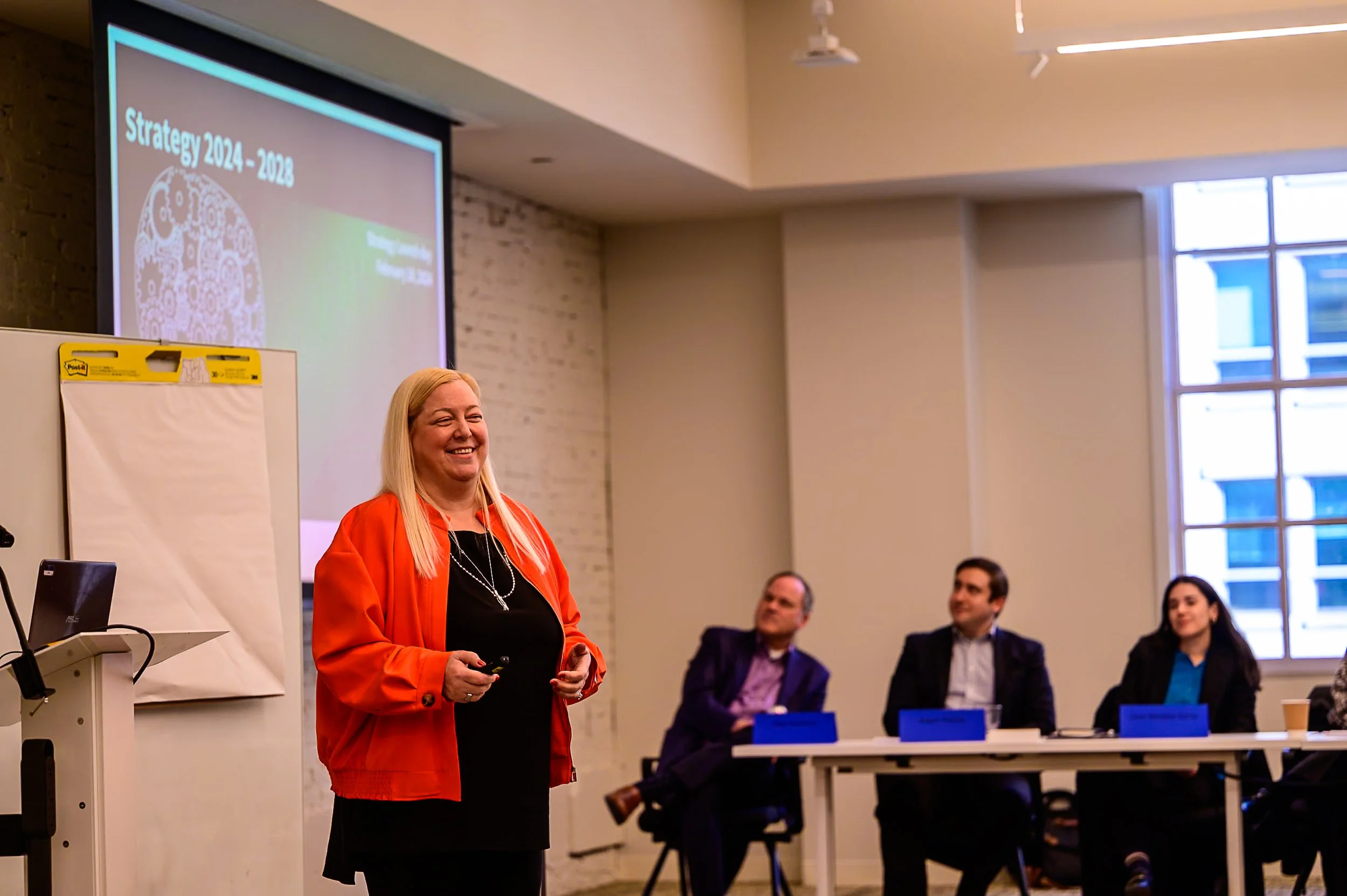
How Acquisition Professionals Can Accelerate Cybersecurity Solutions
Knowing what other agencies are experiencing and how they handle potential problems allows DHS to develop a stronger acquisition plan going forward. For example, DHS can hold mission-oriented conferences inviting Government agencies to share information regarding industry best practices and successful cyber defense acquisitions. Having a complete understanding of the variety of threats facing agencies across the Government gives a clearer picture of the areas requiring improvement and change.
Acquisition professionals at DHS are critical to effective and outcome-oriented procurements that select the most effective solutions to prevent threats or, if they happen, respond quickly and effectively.
Therefore, DHS must share information on challenges and best practices that it learns from engaging with other agencies and with the private sector with its acquisition employees. Acquisition professionals can then structure more effective acquisitions that support the Department’s broader cybersecurity goals. Going even further, including acquisition professionals in the process early in the engagements with these stakeholders can accelerate procurement and reduce risk – ultimately bringing new solutions to agencies more quickly.
Cyber-attacks are an increasingly dangerous threat to the Government. Recently, both the Federal Bureau of Investigation and the Office of Personnel Management experienced attacks, losing sensitive employee information to hackers. As a result, the Department of Homeland Security (DHS) increased its efforts towards hiring cybersecurity subject matter experts and acquiring cutting-edge technology to defend itself against impending attacks.
Despite these developments, DHS must continue to educate its employees though existing Government-wide conferences and inter-organizational training so employees can make more informed decisions when acquiring cyber defense technology and services.




















